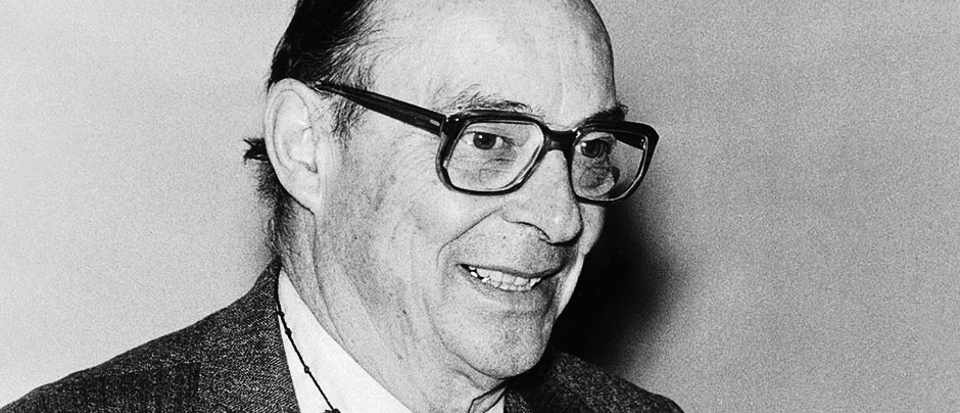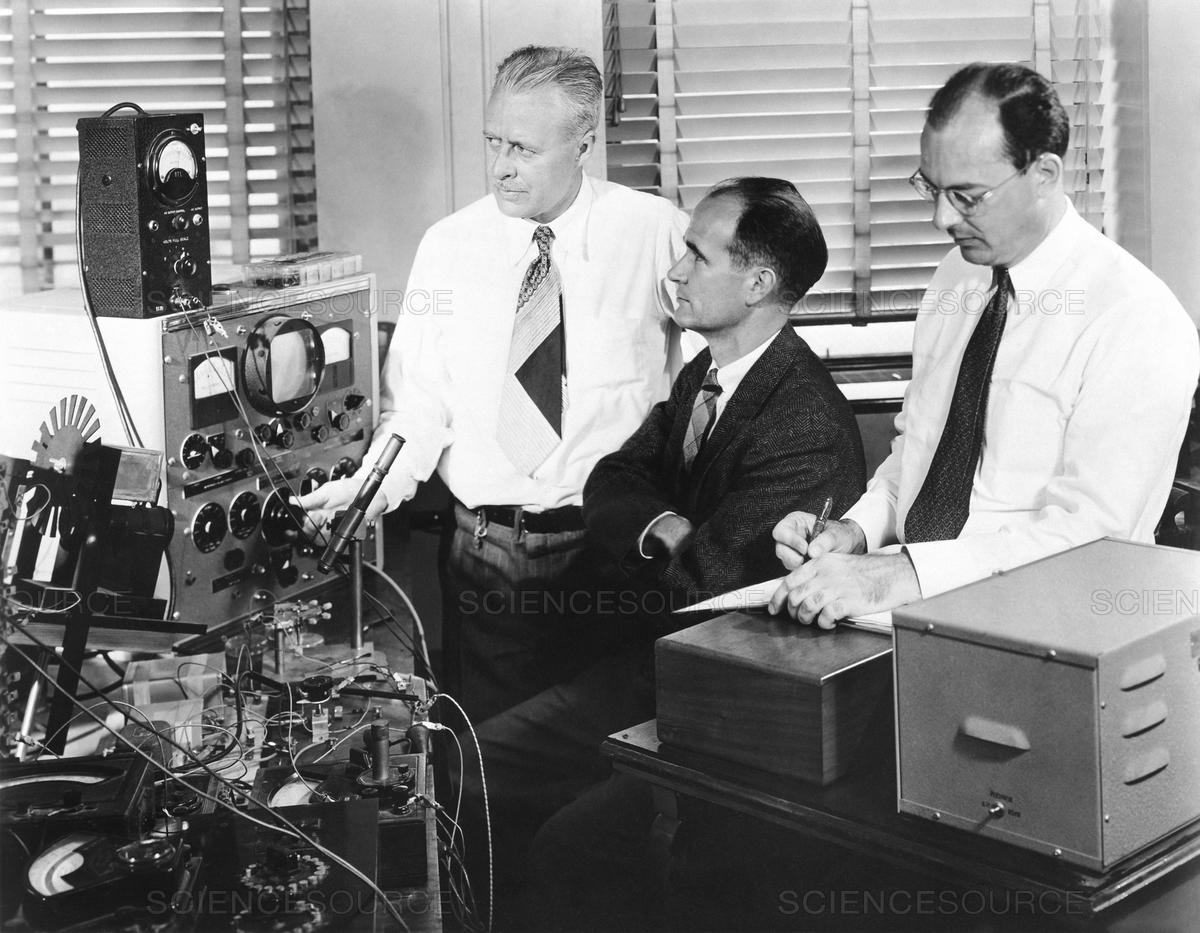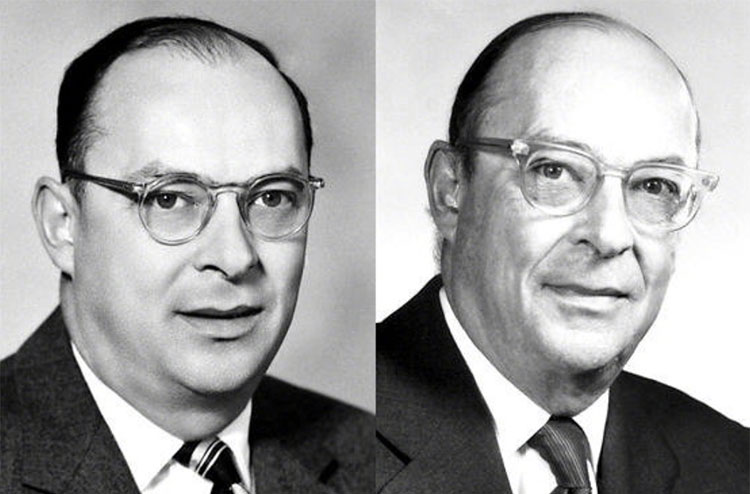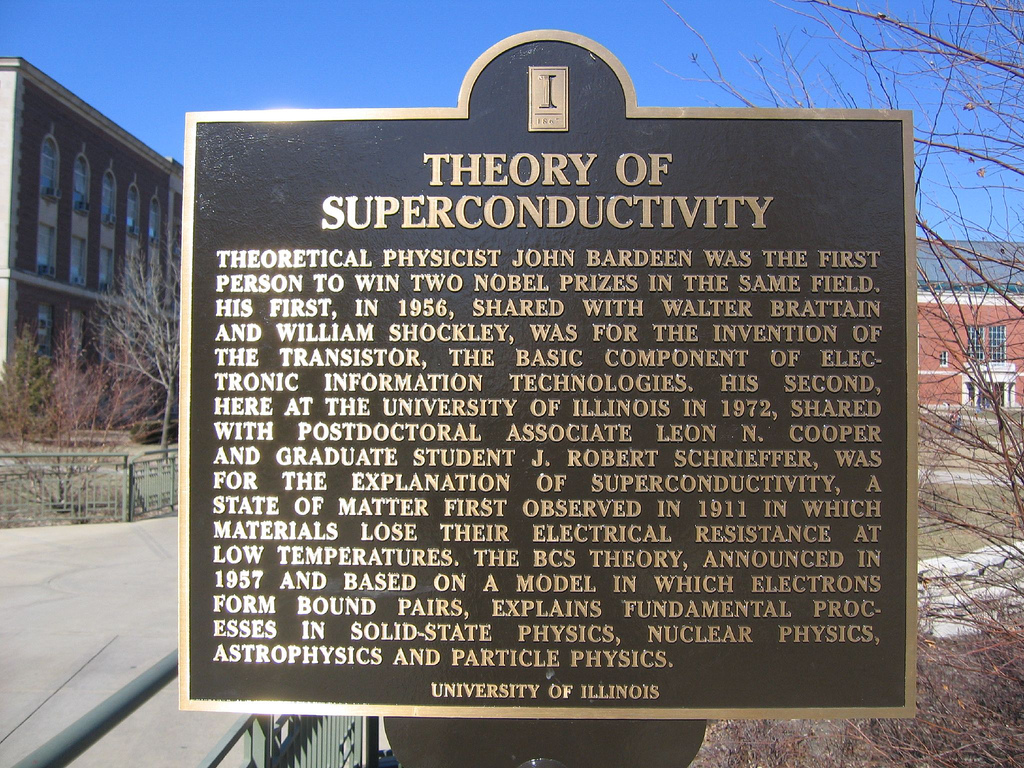John Bardeen was born in Madison, Wisconsin, May 23, 1908. He attended the University High School in Madison for several years, and graduated from Madison Central High School in 1923. This was followed by a course in electrical engineering at the University of Wisconsin, where he took extra work in mathematics and physics.

After being out for a term while working in the engineering department of the Western Electric Company at Chicago, he graduated with a B.S. in electrical engineering in 1928. He continued on at Wisconsin as a graduate research assistant in electrical engineering for two years, working on mathematical problems in applied geophysics and on radiation from antennas. It was during this period that he was first introduced to quantum theory by Professor J.H. Van Vleck.

Dr. Bardeen’s main fields of research since 1945 have been electrical conduction in semiconductors and metals, surface properties of semiconductors, theory of superconductivity, and diffusion of atoms in solids.
1956 Prize: Amplifying electric signals proved decisive for telephony and radio. First, electron tubes were used for this. To develop smaller and more effective amplifiers, however, it was hoped that semiconductors could be used – materials with properties between those of electrical conductors and insulators.

Quantum mechanics gave new insight into the properties of these materials. In 1947 John Bardeen and Walter Brattain produced a semiconductor amplifier, which was further developed by William Shockley. The component was named a "transistor".

1972 Prize: When certain metals are cooled to extremely low temperatures, they become superconductors, conducting electrical current entirely without resistance. Based on quantum mechanics, John Bardeen, Leon Cooper, and Robert Schrieffer formulated a theory for the phenomenon in 1957.

At extremely low temperatures, the interaction between electrons and atoms in the metals' crystalline structure causes the electrons to pair up with one another. As a result, their movement becomes orderly, unlike the random movement at normal temperatures, and electrical resistance disappears.
According to nobelprize











